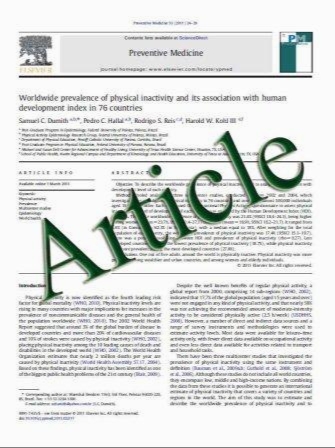Efficacy of paclitaxel-eluting stent implantation in hemodialysis patients
- نوع فایل : کتاب
- زبان : انگلیسی
- مؤلف : Michiaki Higashitani Fumiaki Mori Norihiro Yamada Hiroyuki Arashi Asako Kojika Hiromi Hoshi Yuichiro Minami Junichi Yamaguchi Takao
- چاپ و سال / کشور: 2010
Description
Hemodialysis patients were recognized as a high-risk group for restenosis after percutaneous coronary intervention in the era of the bare-metal stent. Recently, sirolimus-eluting stents (SES) have reduced restenosis and target lesion revascularization (TLR); however, it has been reported that their efficacy in hemodialysis patients is limited. The purpose of this study was to investigate whether paclitaxel-eluting stents (PES) improved angiographic outcomes of hemodialysis patients compared with SES. This study is a retrospective cohort study. We analyzed 54 hemodialysis patients with 87 lesions implanted with PES from February 2007 to September 2008, and 49 hemodialysis patients with 68 lesions implanted with SES from August 2004 to January 2007. Angiographic followup after 8–10 months was obtained for 59 lesions (67.8%) in the PES group and 43 lesions (63.2%) in the SES group. At baseline, the PES patients had more peripheral artery disease compared with the SES group (66.7 vs. 34.7%; p = 0.0012). There were no significant differences in the angiographic characteristics or procedural index. The binary restenosis rate was lower in lesions implanted with PES than in those with SES (13.6 vs. 39.5%; p = 0.034). Accordingly, the TLR rate was lower in lesions implanted with PES than with SES (9.3 vs. 26.5%; p = 0.041). Our results suggest that PES is more effective than SES in reducing restenosis and TLR in hemodialysis patients.
Heart Vessels DOI 10.1007/s00380-010-0110-4 Received: 13 July 2010 / Accepted: 3 December 2010


